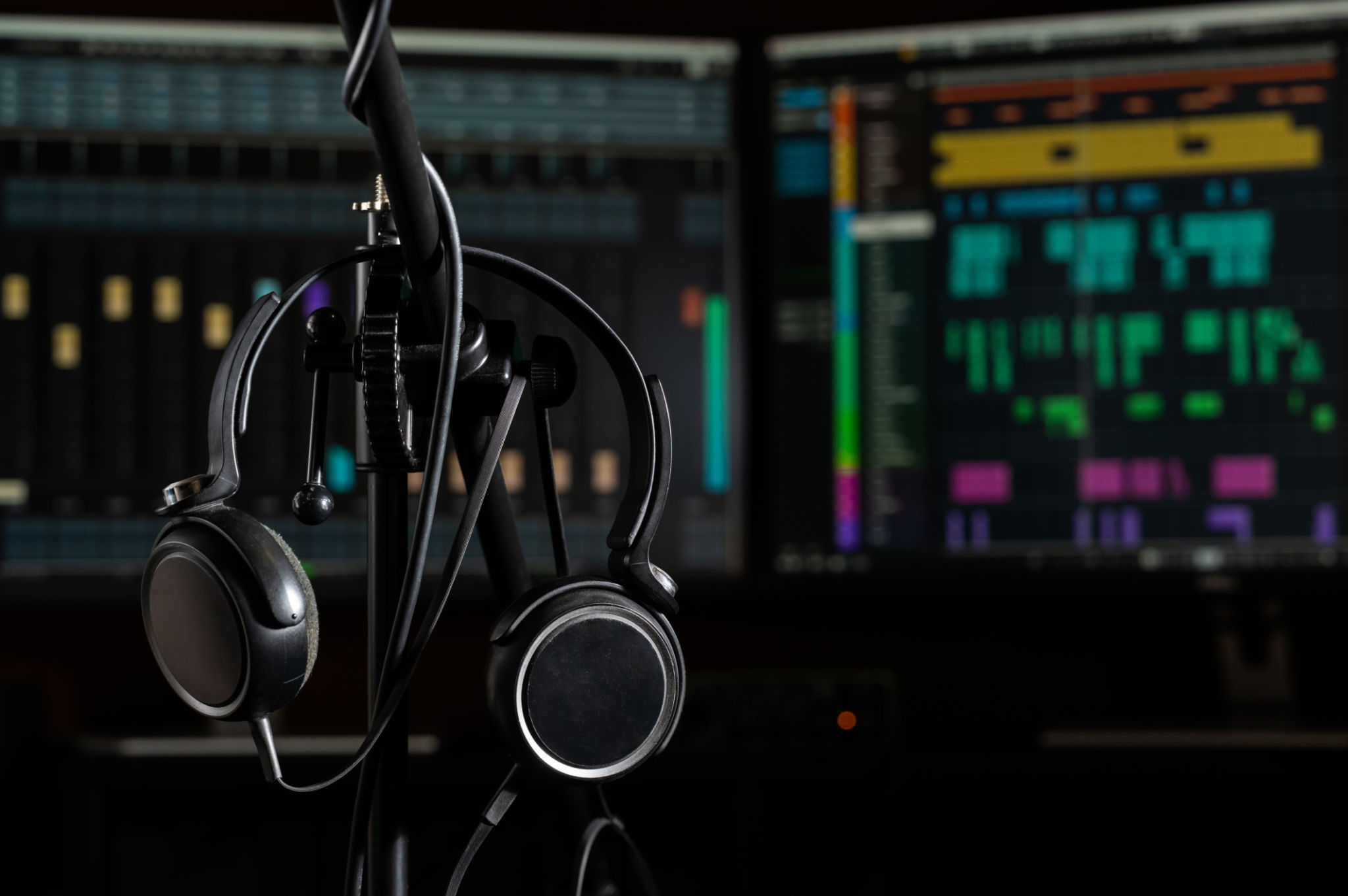DIY Tips for Shooting High-Quality Videos on a Budget
Start with the Right Equipment
Creating high-quality videos doesn't require a fortune. The first step is choosing the right equipment that suits your budget. If you're starting, a smartphone with a good camera can work wonders. Many smartphones today have cameras that rival professional gear, making them perfect for beginners.
For those willing to spend a bit more, consider investing in a budget-friendly DSLR or mirrorless camera. These cameras provide excellent video quality and offer more control over settings like aperture and shutter speed. Remember, good equipment doesn't have to break the bank; it's all about how you use it.

Utilize Natural Lighting
Lighting is crucial in video production. Fortunately, natural lighting is free and often the best option for shooting high-quality videos. Try to film during the day when you can take advantage of the sunlight. Position yourself or your subject near a window for soft, even lighting.
Avoid shooting under direct sunlight, as it can create harsh shadows and overexposed footage. If you're shooting indoors and need more light, consider using inexpensive LED lights or DIY reflectors made from white boards or foil. These simple tools can help bounce light onto your subject for a more professional look.

Stabilize Your Shots
Shaky footage can be distracting and take away from the professionalism of your video. A tripod is a worthwhile investment that can significantly improve the stability of your shots. If you're filming with a smartphone, consider purchasing an affordable phone tripod or a stabilizing gimbal.
If a tripod is out of reach, get creative! Use household items like books or boxes to prop up your camera. When filming handheld, use both hands to hold your camera and keep your elbows close to your body for added stability.
Sound Matters
Clear audio is as important as clear visuals. Poor sound quality can turn viewers away, so it's crucial to invest in a good microphone. Lavalier mics are great for interviews and vlogs, while shotgun mics are perfect for capturing directional sound.
If purchasing a microphone isn't possible, ensure you're filming in a quiet environment. Pay attention to background noise and try to minimize it as much as possible. Remember, audio can make or break your video, so take it seriously.

Edit with Free Software
Editing is where your video comes to life. Thankfully, there are many free editing software options available that offer powerful tools without the hefty price tag. Programs like DaVinci Resolve and Lightworks provide professional-grade editing features at no cost.
When editing, focus on cutting unnecessary footage, adjusting colors for consistency, and adding transitions for smooth scene changes. Practice makes perfect, so take the time to learn and experiment with different editing techniques to enhance your video quality.
Enhance with Creative Techniques
Once you've mastered the basics, consider adding creative techniques to elevate your videos. Time-lapses are a great way to show progress or activity over time. Slow-motion can add drama or highlight important moments. Experiment with different angles and perspectives to keep your content engaging.
Utilize online tutorials to learn new skills and stay updated with industry trends. The internet is filled with resources that can help you achieve professional results without spending a dime.

Plan Your Shots
Planning is key to successful video production. Before you start shooting, create a storyboard or shot list to organize your ideas and ensure you capture all necessary footage. Think about the story you want to tell and how each shot contributes to that narrative.
A well-thought-out plan will save you time during filming and editing and ensure you don't miss any critical shots. Pre-production planning is often overlooked but can make a significant difference in the quality of your final product.
Engage with Your Audience
Finally, remember that engaging with your audience is vital for creating impactful videos. Encourage feedback and interact with viewers through comments and social media. Understanding your audience's preferences will help you tailor your content and improve future videos.
Engagement doesn't end when the video is uploaded; it's an ongoing process that builds loyalty and community around your content. Use feedback constructively to refine your skills and produce videos that resonate with viewers.

